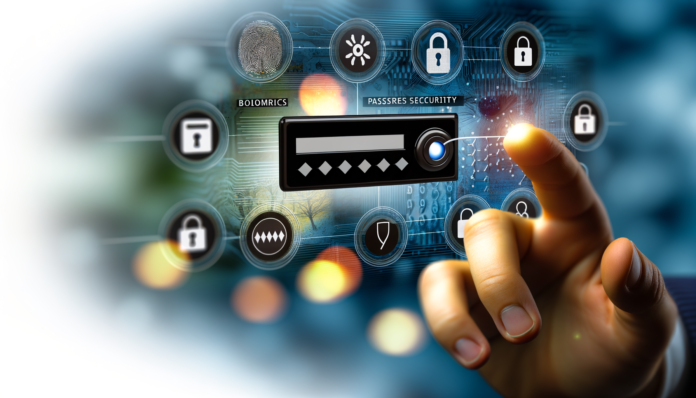The Future of Passwords: Will Passkeys and Biometrics Replace Traditional Logins?
In the ever-evolving digital landscape, security stands at the forefront of technological innovation. With daily cyber threats increasing in complexity and sophistication, the traditional alphanumeric password faces scrutiny over its effectiveness. As more individuals and businesses seek robust security solutions, passkeys and biometrics emerge as promising alternatives. These technologies offer enhanced user convenience, fortification against hacking attempts, and adaptable functionality. As we explore the potential of passkeys and biometrics, the fundamental question arises: Are we nearing the end of the traditional password era?
The Advantages of Passkeys
Passkeys eliminate the need for complex passwords by utilizing cryptographic keys stored securely on devices. This provides users with seamless accessibility and a single-click authentication experience. The adoption of passkeys links directly to the proliferation of devices that actively support secure key storage – from smartphones to laptops. Utilizing passkeys minimizes the risk of phishing attacks as they are bound to the origin and not manually entered by users, making them more resistant to social engineering threats.
Biometric Authentication: The Human Key
Biometric technologies – including fingerprint scanning, facial recognition, and iris scanning – are becoming commonplace in consumer devices. The uniqueness of biometric identifiers lies in their ability to offer a layered security solution. Biometrics not only verify the user’s identity but also provide a user-friendly alternative to traditional logins. As the technology advances, the accuracy and reliability of biometric authentication continue to improve, all while providing individuals with the convenience of “being their own key.”
Challenges Facing Passkeys and Biometrics
Despite their promise, both passkeys and biometrics face hurdles. Passkeys require widespread support across platforms and devices to replace passwords truly. For biometrics, privacy concerns linger, with many apprehensive about sharing personal identifiers. Additionally, the potential for spoofing and reliability under different conditions remain areas of focus. Businesses and technology providers must address these challenges to foster confidence among users and drive adoption.
The Transition from Passwords to Advanced Solutions
The transition from traditional passwords to advanced passkeys and biometrics is underway, yet unlikely to occur overnight. During this period, a hybrid approach will prevail, where businesses incorporate multiple forms of authentication. To prepare for this evolving landscape, organizations should consider the following:
- Conducting thorough security assessments to determine the best fit technology for their needs.
- Educating users about security best practices and emerging authentication methods.
- Continuously evaluating and adopting new technologies to stay ahead of threats.
Conclusion
As digital innovation breaks barriers, the dominance of traditional passwords is waning in the face of sophisticated threats. Passkeys and biometric solutions present reliable and convenient alternatives, offering a glimpse into the future of seamless and secure authentication. However, the shift requires overcoming adoption hurdles and addressing user concerns over privacy and data protection. For individuals and businesses alike, staying informed and flexible is paramount as we transition towards these advanced security paradigms.





























